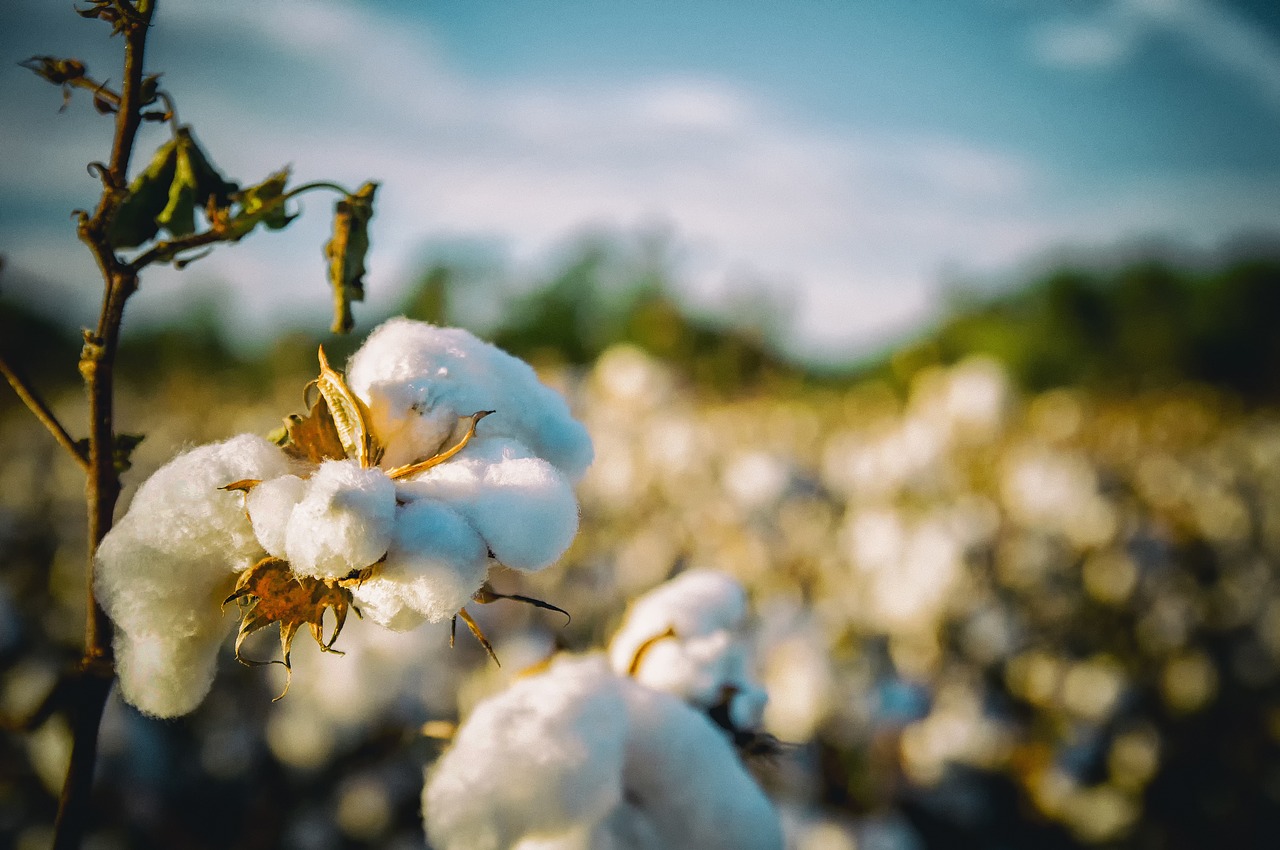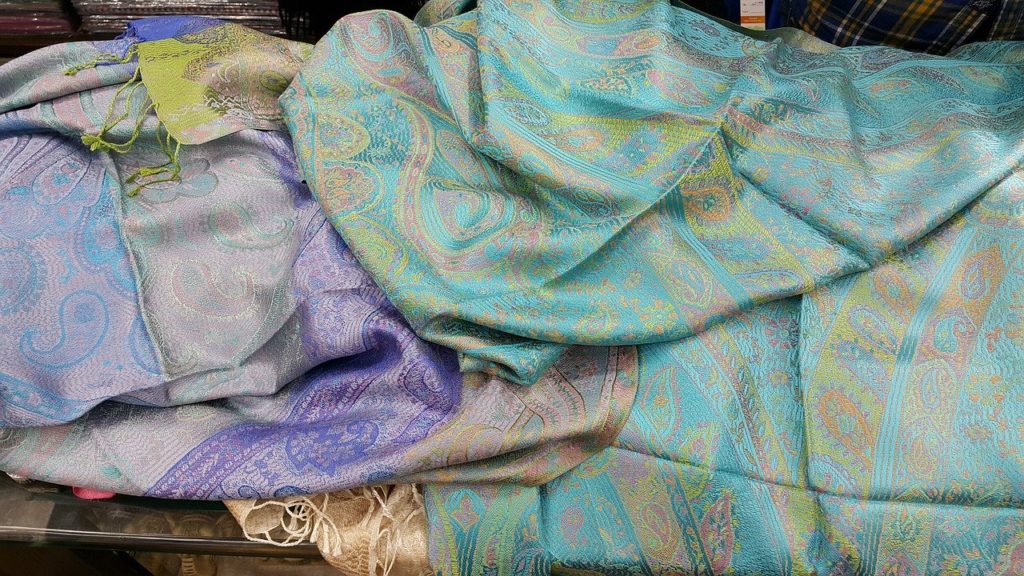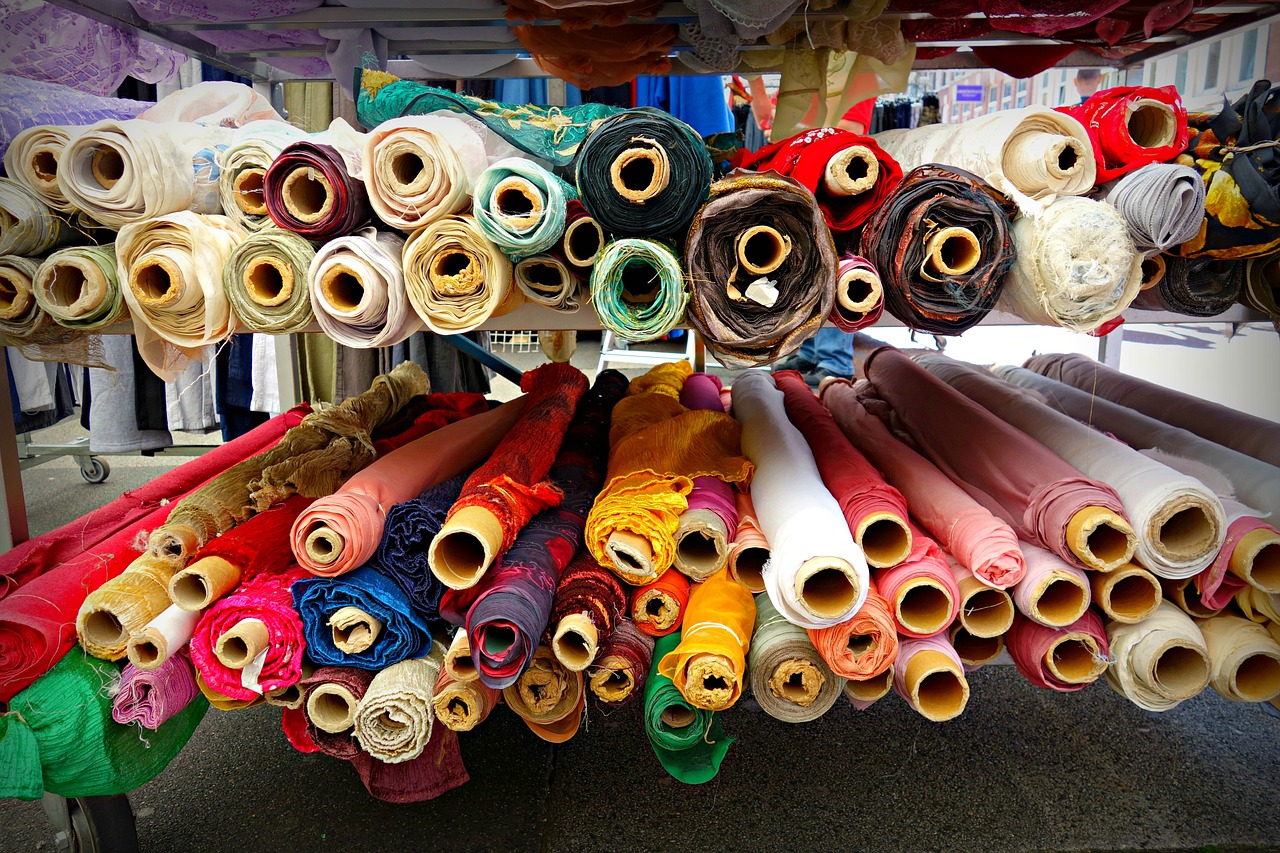The Afghan government is currently implementing initiatives to revive the country’s textile industry. In this article, we look at the history of cotton, silk, and cashmere production in Afghanistan and potential future growth in the textile sector.
Afghan Cotton
Afghanistan produces more than 59,000 tons of cottons per year. Despite this, the country’s lack of processing factories presents significant challenges. In the past, Afghanistan boasted several major textile factories in Balkh, Kabul, Baghlan, Kandahar, and Parwan provinces employing around 30,000 people, but the industry declined over the last few decades.

Currently, only 6 percent of Afghan land is being cultivated. Afghanistan is a rugged, mountainous country. Just 12 percent of the nation is composed of arable land. Despite this, more than 80 percent of Afghans rely on agriculture to make a living.
As Afghan Finance Ministry spokesman, Ajmal Hamid Abdul Rahimzai explained to the Fashion Network website, industrialists have recently campaigned to have their recommendations to revive Afghanistan’s textile industry discussed by the high economic council. Revitalizing this valuable economic sector could create economic growth throughout Afghanistan.
Afghanistan and India entered into a Memorandum of Understanding regarding textiles production. As per the memorandum, both countries have pledged their commitment to cooperating, developing closer economic relations, and strengthening bilateral ties in the production of textiles, cotton, clothing, handlooms, and man-made fiber.
Afghan Silk
located on the Silk Road, the Afghan city of Herat has a long history of silk production. After years of decline, Afghanistan’s silk industry is currently experiencing a revival. Silk thread is produced by silkworms. The creature is indigenous to Herat, thanks to the abundance of mulberry bushes found there. These plants provide the insects with a plentiful supply of food.
Silkworms use the silk thread they produce to build a cocoon around themselves. When unraveled, the silk fiber from just one cocoon can measure up to a mile in length. Just 8 kilograms of silkworms can produce up to 48 kilograms of cocoons. Silk collectors earn up to $140 biannually from collecting cocoons. This is a significant income in Afghanistan.
Spinners purchase silk cocoons from gatherers, using the fibers to spin silk thread. Historically, this was performed by hand. Since the process is somewhat protracted, this significantly limited a spinner’s income. Nevertheless, the advent of modern technology has led to largescale mechanization in the trade. A spinner with more than 30 years’ experience, Azatullah Amidi, explained to the Guardian that he was able to double his production thanks to the implementation of mechanized spinning equipment.
Once the thread is transferred onto bobbins, it is transported to other regions of Afghanistan, such as Mazar, Afghanistan’s fourth-largest city. Another celebrated stop on the ancient Silk Route, Mazar remains an important commercial trading center.
Afghan Cashmere
The cashmere goat is one of many native animals in Afghanistan, Turkey, Iraq, Iran, Mongolia, and China. It takes a single goat up to 12 months to produce enough wool to make just one cashmere scarf. For hundreds of years, farmers in Herat have collected the thick undercoat shed by the goat every spring, throwing it on the fires used to cook food and heat their homes. It is only relatively recently that some isolated Afghan communities have learned that this fluff could be refined and spun to make a luxury product.

The discovery was life-changing for Mohammad Amin, a goat herder with a flock of 120. Every springtime, after his nanny goats have kids, they shed cashmere in huge handfuls. As Amin explained to AP News, buyers travel from far and wide to buy premium quality cashmere. He sells the surplus at market. With each animal yielding up to 250 grams, Mohammad Amin can earn more than $1,100 each season. This represents a sizeable income in a country where the national average is under $700 annually.
According to statistics published by the World Bank working in collaboration with the US Agency for International Development, despite the fact that 95 percent of Afghanistan’s 7 million cashmere goats could be used in cashmere production, as few as 30 percent are currently being combed for cashmere in this way. The majority of raw Afghan cashmere is purchased by Chinese intermediaries supplying low-cost clothing manufacturers.
Afghanistan ranks third in the world in terms of cashmere production. Mongolia comes second, producing 15 percent of the world’s cashmere, lagging far behind China, at 70 percent. In recognition of this lucrative market, the Afghan government recently unveiled a Cashmere Action Plan targeting the high end of the cashmere market, where just one sweater can cost anywhere up to $1,000. The strategy forms part of broader efforts enacted by the Afghan government designed to breathe new life in the country’s textile industry.

